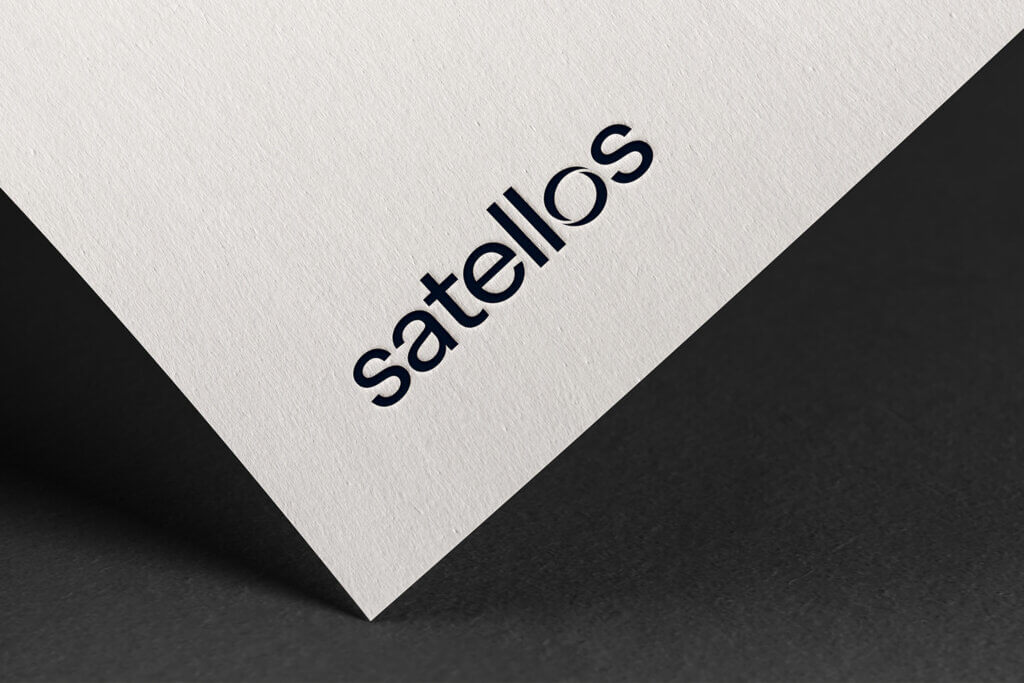JM: Well said. I’d love to talk about applied design. Sometimes when people talk about design, they solely think about colors and shapes and typography, the aesthetic of design. When we think about design, of course we think about the aesthetic, but we really apply design thinking and develop design systems to solve problems of all types. The first rule of design to me is, what is the problem we’re solving for, and what are the problems underneath the problem that a system is designing to solve for? So, that’s a long-winded tee up to the question, how do you currently think about design within your organization?
FG: That’s a good question. I suppose in my left-sided brain, I kind of view design as an emotion. When I see an Aston Martin, I have an emotional response to seeing an Aston Martin. It’s just beautiful. But I’ve never really thought about how did they design that? How did they bring structure to make that beauty? I’ve looked at other cars that don’t give me that kind of reaction. I think, well, obviously, they didn’t bring anything to trying to come up with a beautiful design. What are they missing? So how do we apply those kinds of principles? I’m not sure I’m the right person to answer that question. What I can tell you is what I try to do.
When working with others, I try to bring some level of process and a large degree of openness. I’ve learned over the years that closed-ended questions get you closed-ended answers and closed-ended thinking. So yes/no type of questions or leading questions are unhelpful if you’re trying to create something, design something, or solve a problem because you’ve immediately trapped everyone in some framework for right or for wrong, for good or for bad.
All the problems we’re trying to solve are problems we have to talk about and work through together. There’s a lot of data involved that needs to be analyzed, but even analyzing data is subject to getting trapped into a way of looking at the data. This is something I was surprised to learn in working so closely with such high-caliber scientists. Everybody brings a bias, everybody brings a prism, not a prison, but a prism, to how they look at things. And that prism can become their prison. They trap their mind in how they look at something. People get trapped into a particular way of going about their business. So back to innovation, it’s how to break that kind of stuff down so everybody can have an aha moment to say, oh yeah, I get it.
In long-ago times, there was a creativity thinker named Edward de Bono. I attended a couple of his seminars back in the 1980s, and maybe the early 1990s, but certainly in the 1980s when he was well known and prominent. I went to his seminars because I was working in industry. I’d done a business degree and then an MBA. I was really good at math, so I did finance – finance was easy. I hate finance. I hate everything about finance. I don’t like money. I don’t like thinking about finance, but I was good at math, and it came easy, so I got good marks, and I did more of that.
But I had no emotional connection to it. Because I’d done so much business training, I thought I couldn’t be very innovative. I couldn’t be very creative. I must be programmed to be dull. I could always make girls laugh, but sometimes they were just laughing at me. So, I thought, okay, I’ll take these courses with de Bono. He’s a creativity genius.
His most essential message was – create conditions to allow dialogue to evolve. When you do that, and it’s not directed and it’s not biased, ideas will start to percolate. Ideas will create more ideas. It’s like kinetics start to happen in thinking. I never forgot that. It works every time I’ve ever been in a situation where you want to solve a problem. You always get more than you counted on because you let people, against their own better instincts, be unguarded and just say something.
JM: Wow, that’s great. Now I’ve got to look up de Bono.
FG: Yeah, Edward de Bono. I think he was from Malta.
JM: I spent time in Malta once, years ago. Got trapped on the island. Lost all my money. Had to work in a bar there to earn enough money to get off the island… Malta is not a place you necessarily want to be with very little money.
FG: That’s a story.
JM: For a different time.

